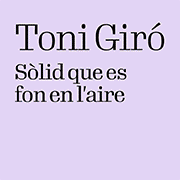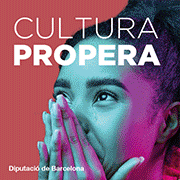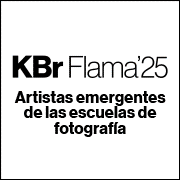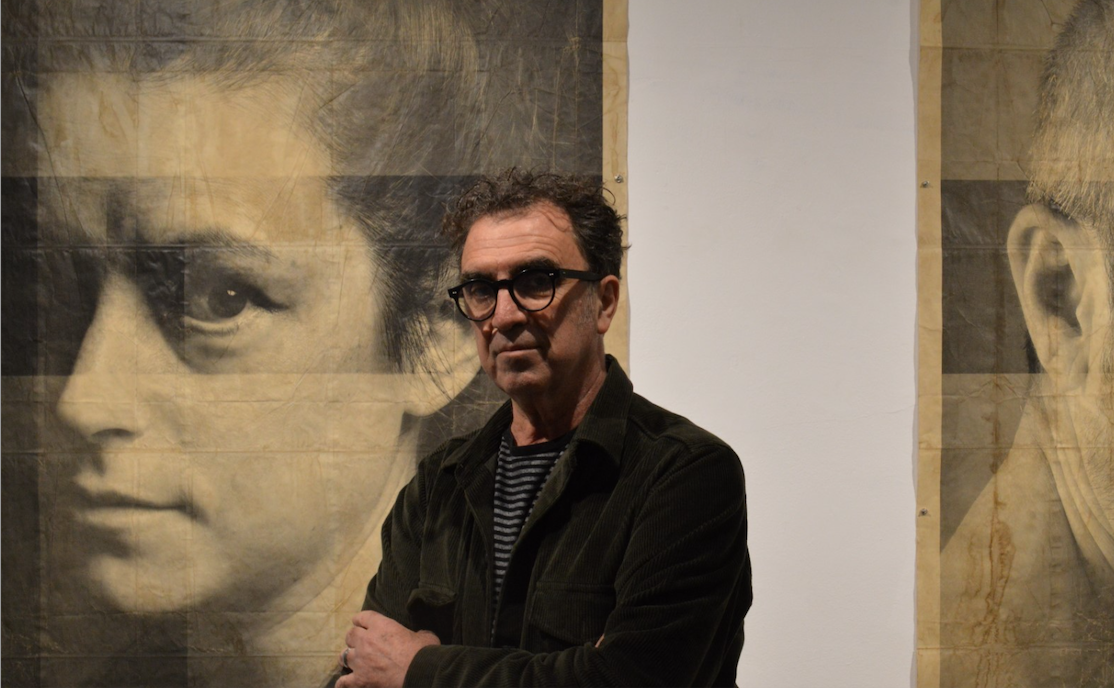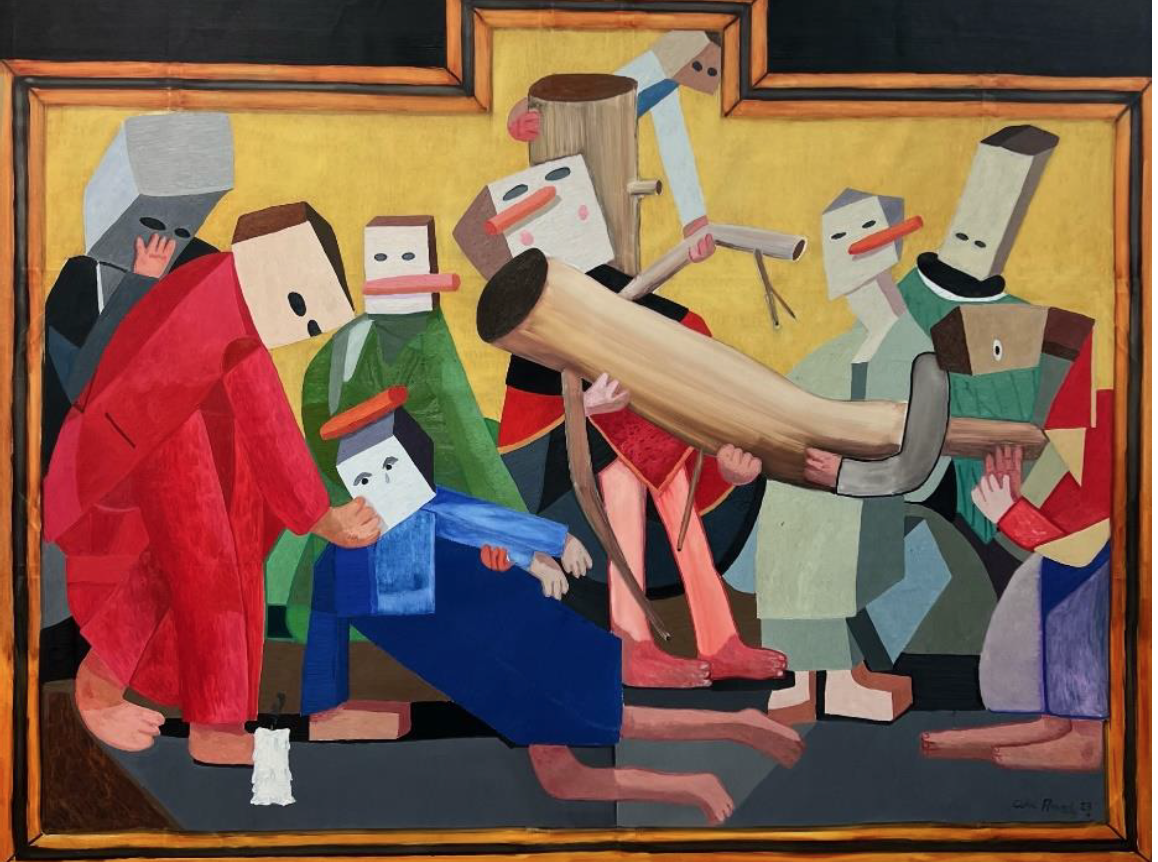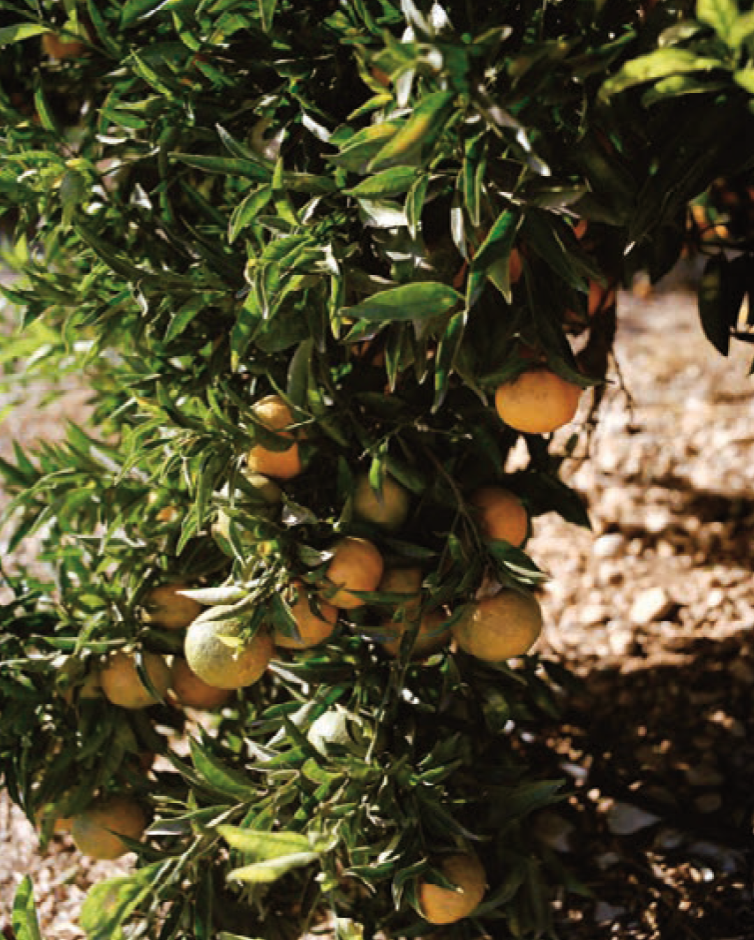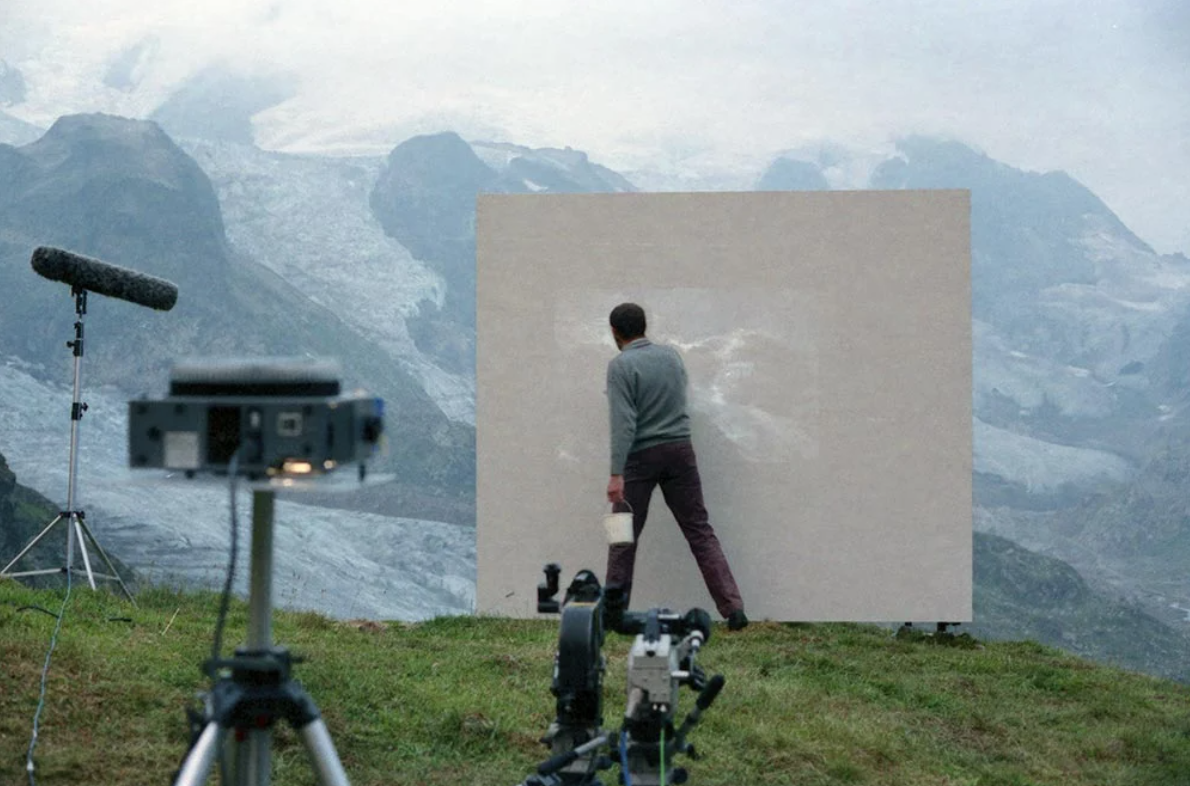interviews
Mireia Massagué: "Everyone is clear that Chillida Leku deserves to be open and that it is not anyone's private garden"
The commemoration of the sculptor's centenary this 2024 has meant a greater display of the museum and has highlighted the commitment to connect with new creators and open up to new studies on the artist's work
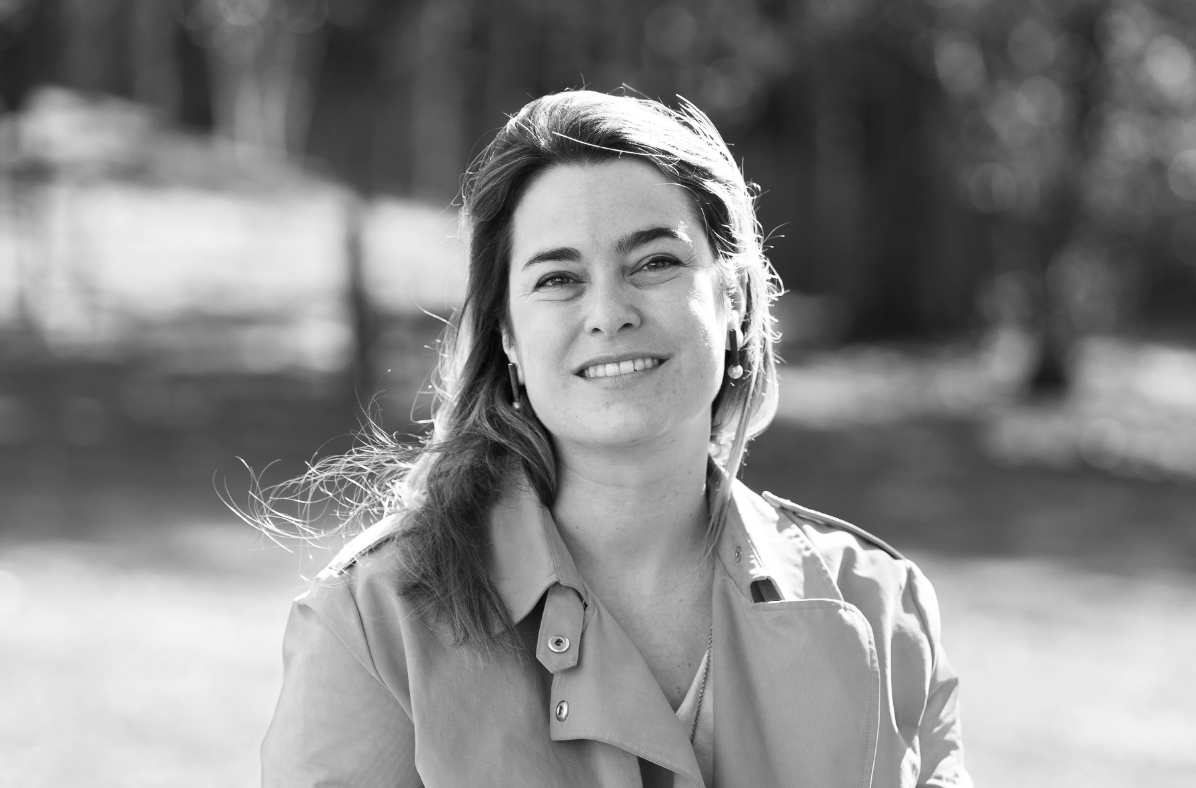
After working as a director at the Gaudí Exhibition Center and gaining experience at the Teatre Nacional de Catalunya, the Catalan Mireia Massagué assumed the position of director of the Chillida Leku in October 2018. The museum was founded by Eduardo Chillida and has the the artist's largest collection, which this year commemorates the centenary of his birth. The management of the Chillida Leku collaborates with the Chillida family, owners of the estate, and with the international Hauser & Wirth gallery, responsible for the management of the museum.
How has the process of reopening the Chillida Leku museum been?
A little over five years ago I started the project to reopen the Chillida Leku museum. It meant taking a museum that was designed with 20th century optics and needed to be updated and brought up to date. The art had always been preserved in the museum, but what had to be updated was the visitor experience, the services and the way we addressed the public. When we talk about updating the museum, it's not just about installing wifi or fiber, changing the lights or putting in LEDs, it also means finding a new way to address your audience. I believe that a museum without the support of the community, of society, is pointless. One of the main objectives of the reopening is to find a way towards sustainability in all senses.
What is your perception since you arrived in the Basque Country?
Euskadi, Gipuzkoa and specifically Donosti has undergone a very important transformation. They themselves explain to you how the end of an armed conflict, when it finally ends in the eyes of the world and at the European level, transforms the relationship of the world in this environment: Donosti becomes a destination of "favorite weekend ". The ideal weekend for Europeans is to come to Donosti and it has been a gastronomic destination for many years, we are the area with the most Michelin Stars per person in Europe. It is true that it is a place where the relationship they have with the kitchen has attracted a lot of tourism. For us, combining gastronomy and art is a winning product. In this sense, we have just celebrated that it has been more than twenty-five years since the Guggenheim opened. The Guggenheim has been key in our sector to put art at the center, I know that it is a very mainstream type of art, also focused on tourism, but I think that more than a competition, everything adds up and, therefore , that there are big names in art and that Bilbao is an art destination has helped the ecosystem. We are weaving a network and the truth is that everyone wanted to join.
The museum reopens, but with a relationship with the Hausers, what is that relationship like? How are the relations with the administrations here?
The history of the museum with the public administration has not been good over the years, because they have never managed to reach an agreement with the family. In this case, the property remains in the family, but with Hauser we have professionalized the management. And it is here that an entity is created to solely manage the museum. Then, since 2018, which is when I joined, some work has been done to update the space and we have a new restaurant/cafe, with a local team and with people who work very well with the local product. It is with this agreement that the museum begins to be managed. It is true that from the public administration we have rebuilt bridges with everyone, we have new faces and we have new interlocutors in front of public entities. Everyone is clear that this is a space that deserves to be open and that it should not be anyone's private garden: it has a vocation to be a museum open to the public. We are not a museum that has neither a board of trustees with public bodies, nor a direct subsidy. We have some grants for projects, but we rely on the support of private sponsorships, tickets, the store, etc.
[row22a]
They have incorporated temporary exhibitions inside the farmhouse combining it with the permanent exhibition of the sculpture park.
Yes, we started with Antoni Tàpies, we did Joan Miró the following summer, last summer we did Phyllida Barlow and this year we wanted to celebrate the centenary in a special way. We started with the Maeght foundation collection. Maeght was Chillida's gallerist for thirty years and was someone fundamental in the development of the artist. People have really liked to see the collection here. And now, pursuing the centenary, the idea has been to collaborate with the Telephone Collection. This has a very particular origin. In the 1980s, Jorge Semprún, who was the minister of culture at the time, called the president of Telefónica and told him that he must make a collection because there are artists that we do not have represented in the state museums. They choose artists such as Picasso, Tàpies or Chillida. So it's a double centenary celebration. Yes, it is true that we are working with the ministry to make projects for the coming years.
How did the pandemic affect the reopening of the museum?
We reopened the museum in 2019, and in less than a year, we had to close. When you reopen and make such a strong bet, having to close in less than a year is not easy to manage. Therefore, the centenary has also served us to once again have the excuse to talk about the artist. We must not forget that Chillida was a sculptor of the 20th century, very important without whom this century cannot be explained correctly. Currently, our task is not only to recover his work but also his thinking, his way of working, his public work and to look for connections with new generations. It happens to us that when we go around the world everyone who is over fifty knows Chillida, on the other hand, younger people have not been a reference for them.
The challenges of digitization versus the physical fact.
For us, we are an important small museum and to have relevant digital content requires a considerable investment. Yes, it is true that we have social networks and that the content of the museum and the artists gives us many followers. But I think we're still winning over people when they come to see us. Being an artist where you have a sculpture outside, you can touch it, you can get close to it, you can experience it... it's not something that is offered in every museum. And I think it is a door for young people, to approach contemporary art in a different but positive way. School visits, family visits... connect with Chillida in a super fast way, they don't have all the filters that we have.
On the side, you are also working with connections with nature.
Yes, we are working hard on the whole wellness part; well-being from a personal and physical point of view. We are in an open space, it is not a conventional museum in which you might feel more intimidated. Sometimes there are groups that need to express themselves in a different way and the museum allows them to be free without feeling judged.
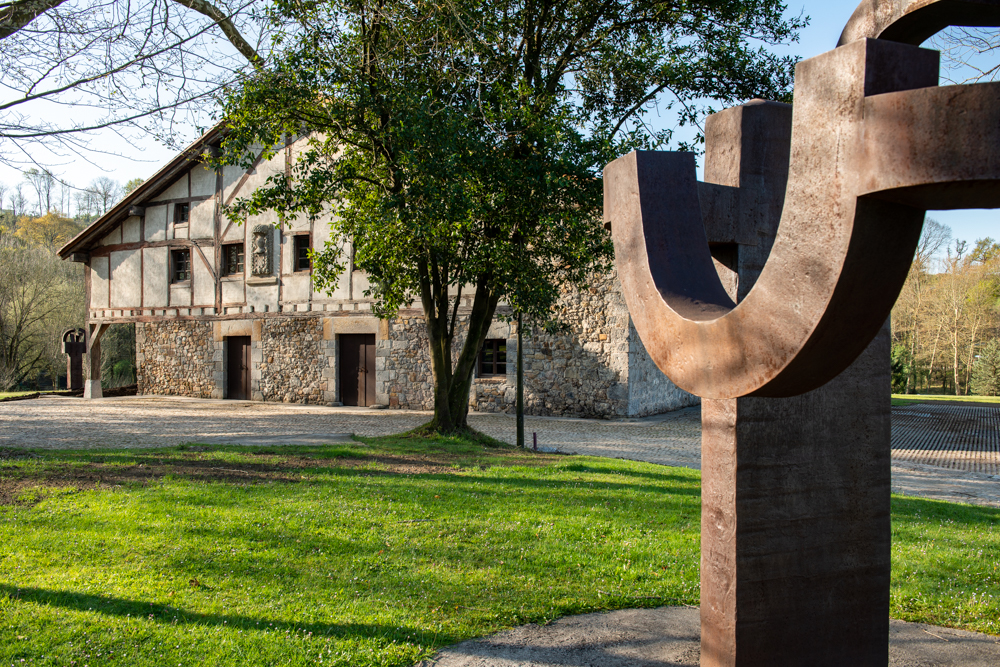
Contemporary art still has this point of sacrilege, of being distant.
There are people who see contemporary art as distant, elitist or not for them... when contemporary art speaks of us at this precise moment. The art we see from other times speaks of the history of other times, on the other hand, contemporary art speaks to us of ours and should be the one that interests us the most. It's funny how we don't have this education and we still have these barriers to say "it's not for me", when in reality it's precisely what art is talking about. Perhaps it has also been explained as something very complicated; art looks for feelings, intuition, sensations and not to be guided so much by reason.
What are the future challenges?
The fact that we have reopened does not mean that everyone knows us and that everyone knows, we have to look a little further, we have to reach more people and we have to see how we get there. They are three legs, on the one hand we have the largest center of knowledge about Chillida's work. We have a challenge opening the archive, we have updated everything that is the software and the management issue and we are still dealing with digitization issues, but there is a study and research issue that we are just starting. There is a lack of research, there is a lack of publications and there is a need to support the universities, to be able to open the archive and for there to be new voices. He is an artist whose family has been very protective for many reasons and in some aspects this also makes the artist small. Therefore, at this moment of reopening the museum it also means reopening the artist. Not all artists have a museum and certainly research and publication is a very pending issue in the artist.
The connection with new creators…
Yes, the second leg of the museum would be to continue exhibiting new artists. For other generations to know him also means connecting him with current artists. And working on it since the exhibition, we've started doing artist residencies and looking for new contemporary artists and new readings.
And the third vector?
It would be to have this relationship with the community and with what happens to us. We are a heritage space, we have a natural legacy, issues of sustainability, well-being, all this third leg that is linked to being a very particular space. This connects us with the community and with what happens around us, which for us is basic. Making sense of society is one of the challenges, connecting, why Chillida Leku is important. For me, it will be the key to ensuring the museum's sustainability.
Transcript of the interview by Mariona Salinas.


